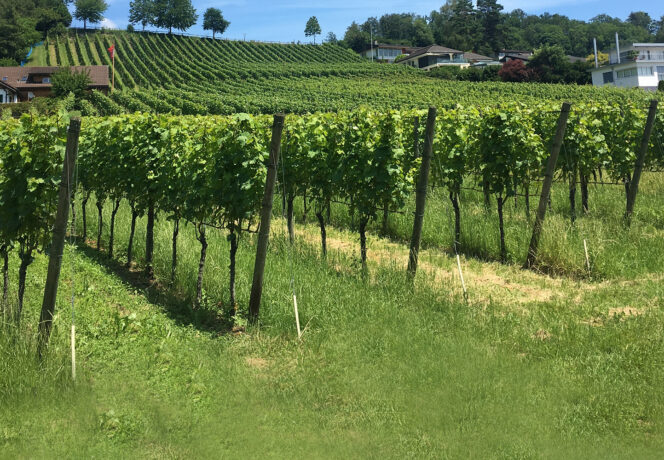
Archive
758 posts

Fruit and wine producers who receive information from the public sector are more likely to use preventive measures such as nets or hygiene measures to combat spotted-wing drosophila. Producers advised by private firms that sell plant-protection products are more likely to use synthetic insecticides.

Maize Cultivation: Maps of Accumulated Temperatures Support the Choice of Varieties
Maize is one of the most important crops in Switzerland. Variety selection and site adaptation play a crucial role in maize cultivation in a changing climate. Heat-supply maps created by Agroscope help in the choice of suitable varieties.

Tall Fescue: Two Very Good New Cultivars Round Out the List of Recommended Varieties
Tall fescue is valued as a high-yielding, robust forage grass. For ley farming, fine-leaved, nutritious varieties which are well-liked by livestock are in demand. Agroscope’s most recent variety test has yielded two new top varieties.

Swiss Soybean Cultivars Are Able to Deal with Soybean Mosaic Virus
Despite its focus on other, higher-priority criteria, the soybean breeding programme in Switzerland has yielded varieties that are tolerant of soybean mosaic virus (SMV) – the most serious of the viral diseases.

Potato Varieties for Chips and Crisps Stored without CIPC: A Major Challenge
Chlorpropham (CIPC), the main sprout suppressant used when storing commercial potatoes, is now prohibited in Switzerland. Agroscope tested alternative substances in order to guarantee the production of indigenous chips and crisps.

White Clover at its Finest: the New Recommendations Calimero and RGT Gabby
White Clover is an important element of intensively used meadows and pastures. Of the 19 varieties tested by Agroscope, two new top varieties came out clear winners for nearly all traits.

Smooth-Stalked Meadowgrass Tested: Two New Top Varieties for Forage Production
Good varieties of smooth-stalked meadowgrass are few in number. The positive results of the variety-testing programme give reason to hope that two new cultivars will soon be added to the range of top varieties.
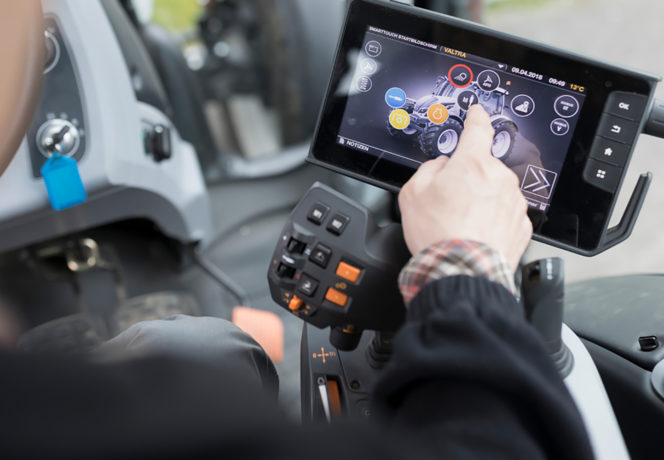
How Digitised are Swiss Plant Production Farms?
Digital technologies are fixed features of modern agriculture – but to what extent are they already being used in Switzerland? A survey conducted by Agroscope provides answers to this question. Digital technologies reduce the physical workload of farming and contribute to sustainable field management. They also enable optimised management decisions based on plant- or soil-related…

Digital Technologies in Swiss Livestock Production
Digital technologies represent an opportunity for the modern management of farms. For this, already available technologies must also be utilised in practice. An Agroscope survey illustrates the status quo of technology use.
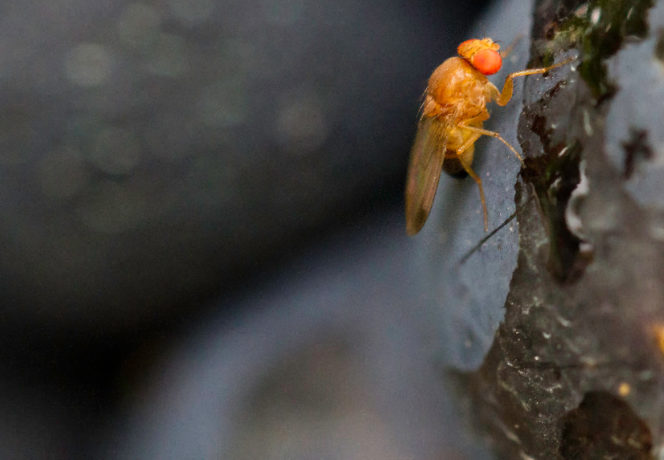
Kaolin – Effective against Drosophila Suzukii in Vineyards without Any Impact on Wines
Kaolin was tested in viticulture to control the dreaded pest Drosophila suzukii. The trials showed that this natural product has a comparable efficacy to conventional insecticides without any adverse effect on wine quality.

Nitrate Leaching in Vegetable Production
The risk of nitrate leaching is higher in field vegetable production than in arable crops or grassland. Different species of vegetables have different leaching potentials, which can be reduced through appropriate management.

Companion Planting in Oilseed Rape to Control Adult Flea Beetle
Sowing oilseed rape with other plants reduces damage caused by adult flea beetle, according to a study conducted at Agroscope. This intercropping approach could limit reliance on insecticides and the emergence of resistant pests.

Higher Yielding, More Resistant Cultivars of Main Swiss Forage Grass
Adapted, productive grass cultivars are crucial for Swiss forage production. Over the past 30 years, the most important grass species – perennial ryegrass – has been substantially improved by breeding.
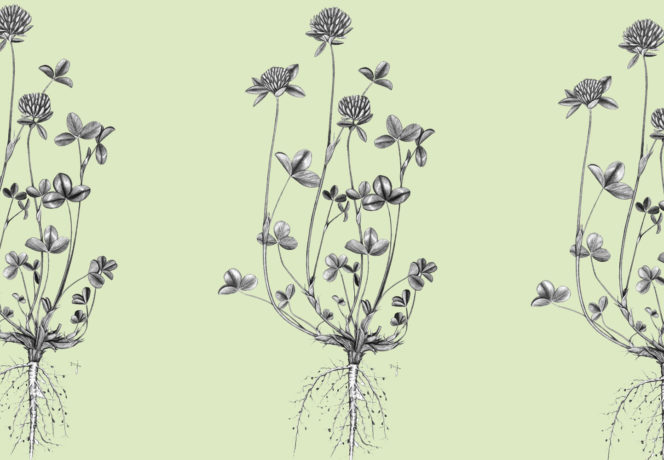
A closer look at red clover: results of the 2016–2018 variety testing
From 2016 to 2018 inclusive, Agroscope tested 54 varieties of red clover (Trifolium pratense L.) at six locations. Of these, 25 were new varieties and 29 were already-recommended varieties that were being retested. Yield, vigour, juvenile development, resistance to leaf diseases and anthracnose, winter-hardiness and persistence were all evaluated. For the persistent “mattenklee” type, the…

Genetic diversity of Trichopria drosophilae, a natural enemy of spotted wing drosophila
Drosophila suzukii is an invasive species recently introduced in Europe and causing damages to fruit production. Trichopria drosophilae is considered one of the most suitable indigenous parasitoid to be used in biocontrol programs against D. suzukii. To characterize genetic variability and the spatial genetic structure of populations of T. drosophilae, we developed 21 species-specific molecular…

Protecting resources with agroforestry systems: regionally adapted solutions
The Swiss Federal Government’s agricultural policy aims inter alia to provide agricultural ecosystem services, reduce environmental impacts, and increase the resilience of the agricultural sector. Combining the cultivation of trees with crops or grass – termed «agroforestry » – can contribute to achieving these goals without substantially limiting agricultural production. We identified the regions where…

Trials with meadow fescue: two new varieties recommended
From 2016 to 2018, Agroscope tested a total of 23 varieties of meadow fescue, including 16 new varieties, in comparative variety trials at six locations. The varieties were assessed on the basis of systematic examinations and observations of forage yield, vigour, juvenile development, competitive ability, persistence, tolerance to winter influences, resistance to leaf diseases, digestibility…

Growing buckwheat in Switzerland: new varieties for an old niche crop
Interest in buckwheat production has been growing for several years now in Switzerland. Previously, this field crop had almost completely been forgotten. Since it is not related to other arable crops, buckwheat is ideal for breaking up crop rotations. It is also interesting from a nutritional point of view, as it contains zinc and selenium,…
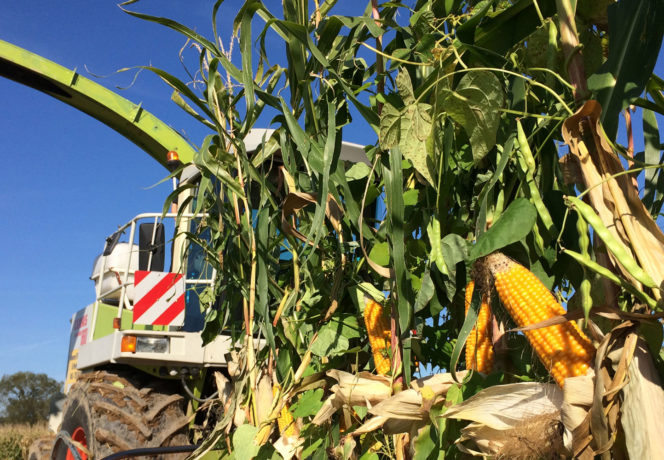
Mixed cultures for animal feed: maize/ runner bean mixture and phasin content
Growing a mixture of silage maize and runner beans could be an alternative to conventional silage-maize cultivation. The beans use the maize plants as a support, and are expected to increase the protein content of the maize silage. The question, though, is how yield and content of other substances change when the two crops are…

The growth of companion cropping in oilseed rape: feedback on the opinions of Swiss producers
The practice of sowing companion crops (or «service plants») in among oilseed rape began to get off the ground in Switzerland several years ago. Certain farmers see companion cropping as an innovative technique allowing them to cut back on the use of plant-protection products, and in particular enabling them to forgo the use of herbicides,…

New challenges to digitization of genetic resources for food and agriculture
A comprehensive stewardship of genetic resources is necessary to insure a resilient and sustainable agriculture. Most of our food comes from a handful of domesticated species which diversity is constantly shrinking. On the contrary, modern genomics keep discovering the marvels of diversity contained in genetic resources for food and agriculture. High-throughput sequencing and related techniques…
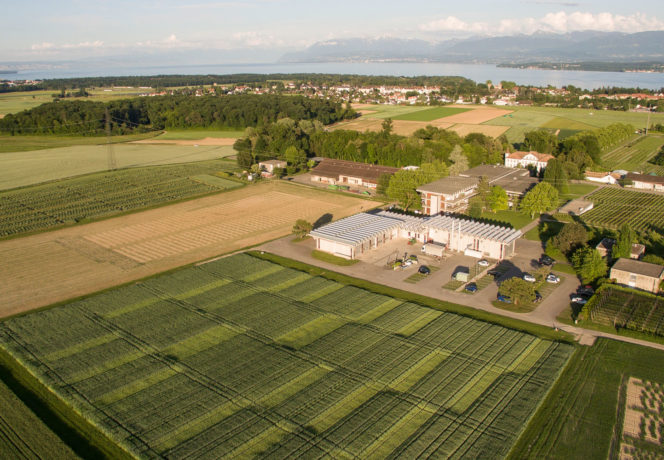
Preserving the sustainability of field crop systems: overview of 50 years of trials in Changins
Preserving soil fertility is a major challenge for farms without livestock specialised in field crops. Several decades ago, several trials were set up at the Agroscope experimental station in Changins to study the long-term effects of different cultural practices on soil fertility and crop yields. This article summarises the main results obtained in these trials.…
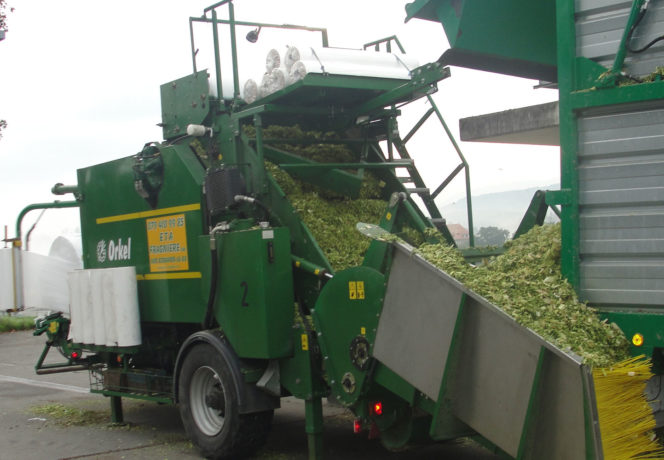
Maize silage quality produced by different harvest techniques
Today, in addition to maize silages with a standard chop length of 5 to 10 mm, shredlage with a longer chop length (26 to 30 mm) and power maize with a higher proportion of cobs are also produced. At Agroscope, digestion experiments with sheep as well as fattening bull experiments were conducted comparing the use…
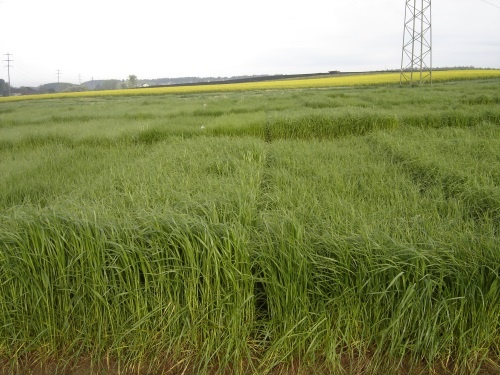
2015–2017 variety trials with xFestulolium braunii and brome grass
Between 2015 and 2017, Agroscope tested seven new varieties of xFestulolium braunii (K. Richter) A. Camus and four varieties of brome grass (Bromus spp.) for their agronomic properties in comparative trials at six locations. The characteristics studied were yield, juvenile development, general impression, competitive ability, persistence, resistance to leaf diseases and bacterial wilt, winter hardiness,…

Impact of type of use on the phosphorus and potassium requirements of grassland in the Swiss Jura
Grazing differs from mowing in its generally less homogeneous use of forage, and above all in its return of nutrients in the excreta of herbivores. The impact of the type of use (four grazings vs four cuts per year) on the phosphorus (P) and potassium (K) requirements of a grassland in the Swiss Jura was…

New cocksfoot variety recommendation: «RGT Lovely» instead of «Lazuly»
From 2015 to 2017, a total of 23 varieties of cocksfoot (Dactylis glomerata L.), 11 of which were new varieties, were tested on seven Agroscope sites as to their suitability for use under Swiss growing conditions. The varieties were evaluated according to yield, feed digestibility, vigour, juvenile development, competitive ability, resistance to leaf diseases, winter-hardiness…
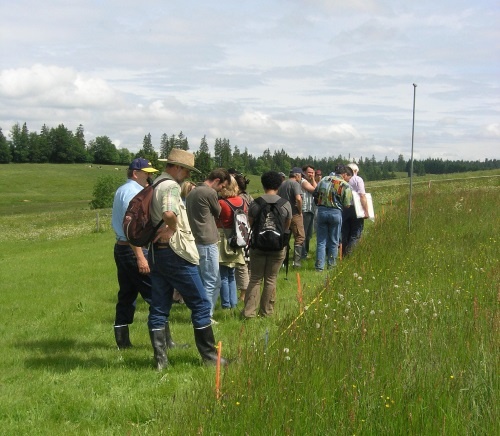
Phosphorus and potassium requirements of a hay meadow of the Swiss Jura dominated by red fescue
Phosphorus (P) and potassium (K) inputs on grassland aim to maintain an appropriate botanical composition and to produce sufficient quantities of forage without harming the environment. Over a 13-year period, eight different levels of P and K fertilisation were applied on a low-intensive permanent grassland in the Swiss Jura. Rising inputs of P (between 0…

Simulation of grass growth and pasture yields with ModVege
Predicting grass growth could be very useful for the management of pastures, or deciding the best time to harvest hay meadows. The ModVege model was tested and improved using a set of 125 situations (meadow × year × management) collected from grassland areas in Switzerland. Comparisons between simulated and measured data show relatively reliable outputs…

Impact of drought on the functioning of grassland systems
A rainfall manipulation experiment was conducted over a two-year period on two semi-natural grassland sites, in order to determine the effects of drought on both forage production (dry matter and nutritive value) and plant-soil relationships. Water stress simulations were performed with the aid of rainout shelters. Among the nutritional parameters, lignocellulose content (ADF) and water-soluble…

When must intensive grassland be mown?
The optimum harvest date in spring is a problem that divides producers. Is it better to focus on forage quality with an early cut, or quantity with a later harvest? Trials were carried out on mown grasslands from 2014 to 2016 as part of the «Progrès-herbe» [= «Progress Grass»] and «Preparing Forage Production for Climate…